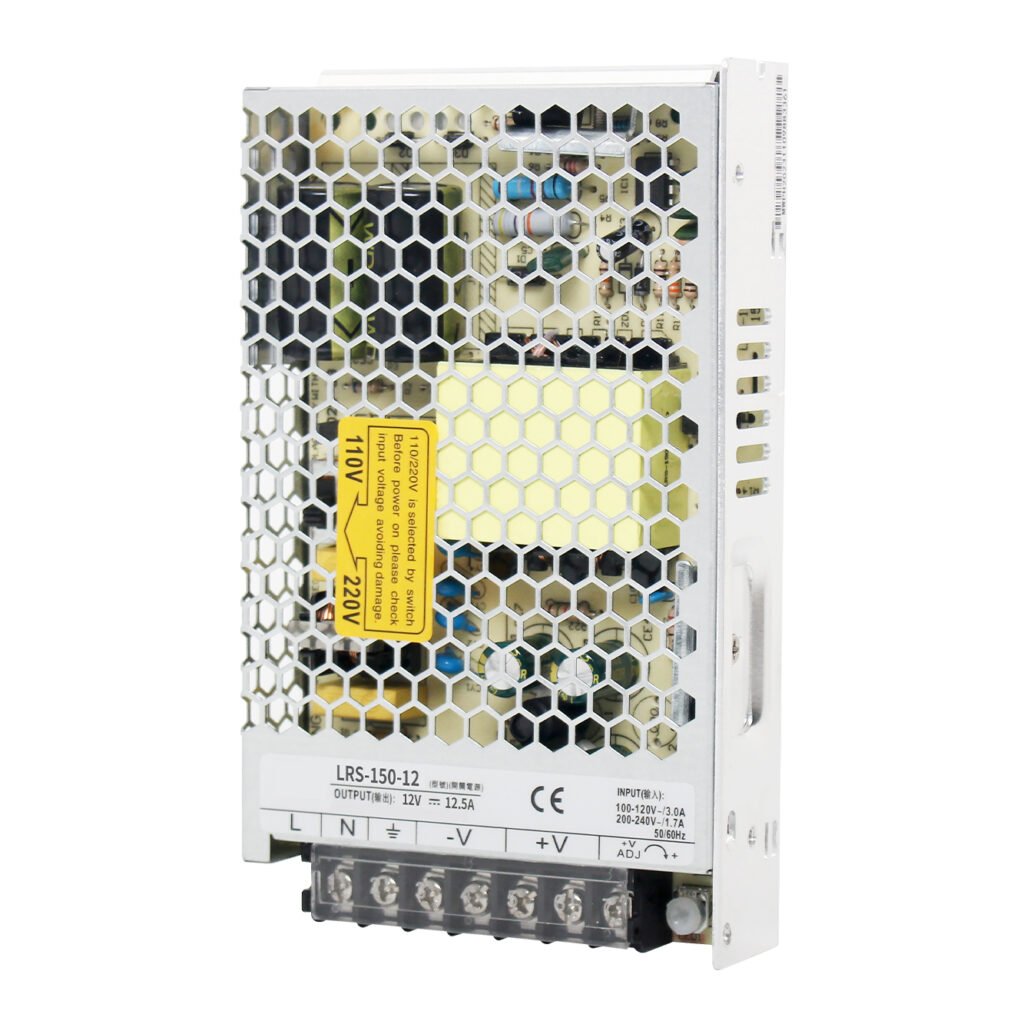AC-to-DC converters, also known as alternating current to direct current converters, are electrical devices that transform alternating current (AC) power sources, such as household electricity or grid voltages, into direct current (DC) power sources, akin to batteries or capacitors, for use by electronic devices. Below is a detailed explanation of AC-to-DC converters:
I. Definition and Function
The primary function of AC-to-DC converters is to convert periodically varying AC voltage and current (e.g., from household outlets, grid power) into a DC power source with a constant voltage and current, suitable for powering electronic devices.

II. Working Principle
The working principle of AC-to-DC converters involves several key steps:
- Input Stage: Connect the AC power source to the input of the converter.
- Rectifier Bridge: A rectifier bridge, consisting of four diodes, converts the AC power into half-wave or full-wave DC voltage. The rectifier bridge ensures that current flows in only one direction, resulting in a pulsating DC voltage.
- Filter Capacitor: The pulsating DC voltage is smoothed by a filter capacitor to reduce voltage ripple and produce a more stable output voltage.
- Voltage Regulator Circuit (Optional): A voltage regulator circuit (e.g., using Zener diodes or voltage regulators) is added to ensure output voltage stability, unaffected by input voltage fluctuations. This step is more common in high-end or precision AC-to-DC converters.
- Output Stage: A stable DC voltage is provided through the output, ready for use by electronic devices.
III. Rectification Methods
AC-to-DC converters employ two primary rectification methods:
- Single-phase Rectification: Typically uses a diode bridge rectifier circuit, rectifying both positive and negative half-cycles of the AC power through four diodes.
- Three-phase Rectification: Commonly employs a three-phase bridge rectifier circuit, rectifying the positive half-cycles of a three-phase AC power source through three diode bridges. Three-phase rectification is more prevalent in industrial applications due to its efficient handling of high-power AC sources.
IV. Applications and Advantages
AC-to-DC converters are widely used in various electronic devices, such as power adapters, computer power supplies, and household appliances. They provide stable and reliable DC power sources, ensuring the smooth operation of these devices. Additionally, AC-to-DC converters offer the following advantages:
- Energy Efficiency: By optimizing rectification and filtering processes, AC-to-DC converters minimize energy loss and enhance energy utilization efficiency.
- Stability and Reliability: The design of voltage regulator circuits ensures output voltage stability, unaffected by input voltage fluctuations, thereby improving device reliability and stability.
- Ease of Integration: With advancements in electronics, AC-to-DC converters have achieved high levels of integration and miniaturization, facilitating their installation and use in various electronic devices.
V. Precautions
When using AC-to-DC converters, consider the following precautions:
- Ensure that the input voltage matches the converter’s rated voltage to prevent damage to the converter or connected devices.
- Regularly check the converter’s heat dissipation to ensure it operates within normal temperature ranges.
- Avoid using converters in damp, high-temperature, or corrosive environments to extend their lifespan.
In summary, AC-to-DC converters are vital electrical devices that convert AC power into DC power through rectification and filtering processes, providing stable and reliable power supplies for a wide range of electronic devices.
